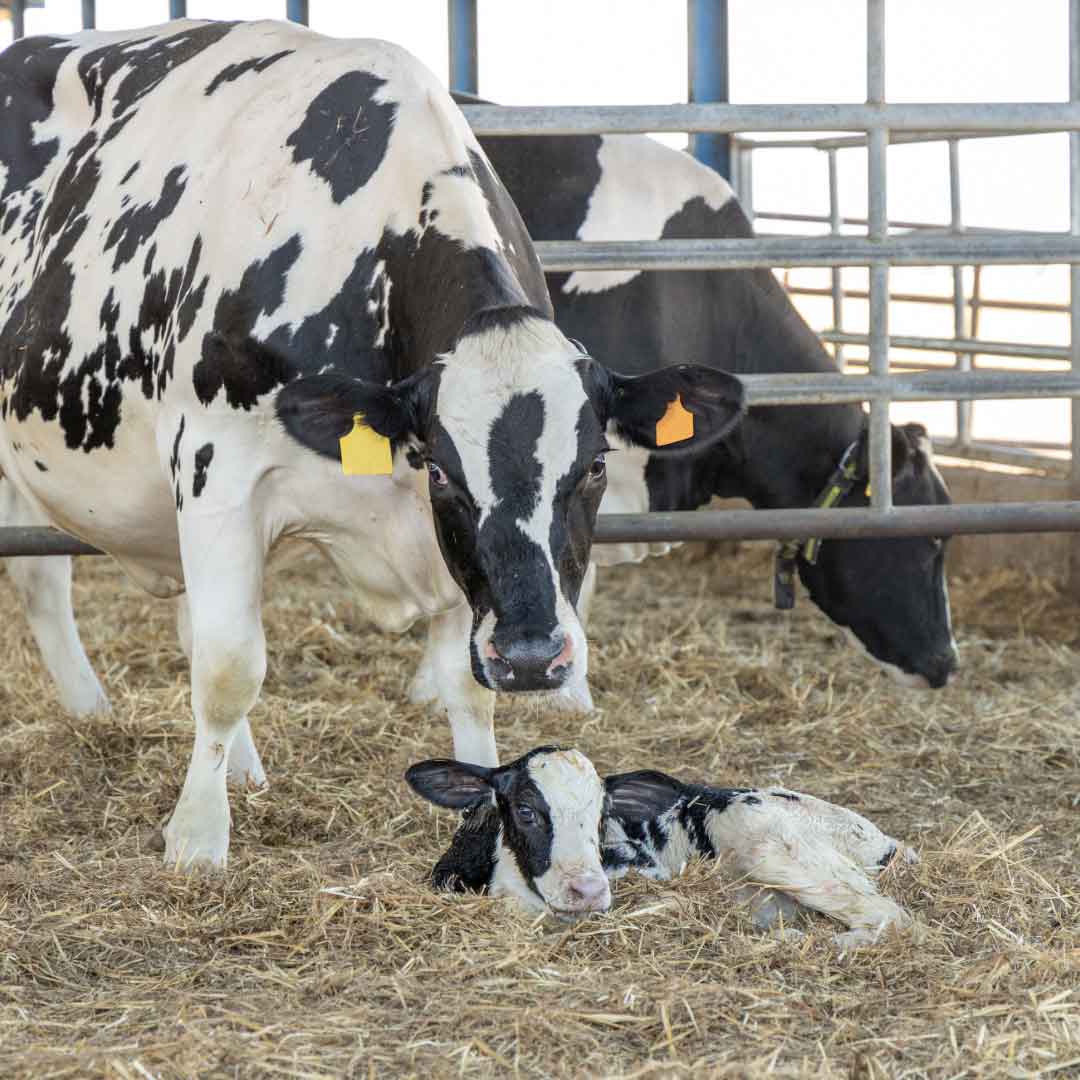Improving Reproductive Management of Dairy Replacement Heifers
Webinar on dairy heifer reproduction: hormone timing, synchronization protocols, and genetic strategies to optimize fertility and farm profitability.

Optimizing fertility on dairy farms is necessary and challenging on today’s dairy farms.




Visit Dr. Paul Fricke’s: Extension Program in Dairy Cattle Reproduction
The goal of Dr. Paul Fricke’s extension program is to improve 21-day pregnancy rates by applying knowledge gained through scientific research to develop practical management strategies and assess new reproductive technologies, and to disseminate that information throughout Wisconsin, the U.S. and the world.
Webinar on dairy heifer reproduction: hormone timing, synchronization protocols, and genetic strategies to optimize fertility and farm profitability.
Dr. Paul Fricke moderates a Wisconsin dairy farmer panel consisting of David Jauquet, Mike Martin, Jeff McNeely, and Chuck Ripp. These dairy farmers give highlights of protocols used on their dairies that help them achieve higher fertility success.
Every five years, bull proofs are updated to reflect genetic improvements. The new base will compare genetics to cows born in 2020, ensuring accurate evaluations.
The birthing process in cattle consists of three stages: cervix dilation, calf delivery, and placenta delivery, each requiring monitoring for potential intervention.
Understanding calf presentation during delivery is crucial for safe assistance; examine for anterior or posterior positions and seek veterinary help if needed.
Abnormal calving presentations in cattle require careful examination and manipulation to ensure safe delivery.
Properly using snares and chains is essential for safely assisting in calf delivery, ensuring correct application to avoid harm.
Today, we can form our own pyramid of characteristics for high performing dairy herd reproductive management. During a recap of the 2024 Reproduction Roadshow, Dr. Paul Fricke, Dairy Cattle Reproduction Specialist for UW-Madison and Division of Extension, introduced his building blocks for top reproductive performance and how achieving each step opens more opportunities to use additional reproductive technologies.
Proper semen handling requires being comfortable with a liquid nitrogen tank so you can work quickly and effectively to avoid damaging frozen semen.
Why do cows that face a common challenge (Stress) respond differently to it (Strain), and how do managers capitalize on this?
Advances in activity monitoring technology have taken electronic estrus (heat) detection from concept to reality on more dairy farms today. This is of significance because estrus detection has historically been a challenging task.
Kent Weigel, Professor and Chair of the Department of Animal and Dairy Sciences at the University of Wisconsin – Madison Division of Extension, presents on current research on the day-to-day consistency of dry matter intake, milk yield, and the genetics behind it.